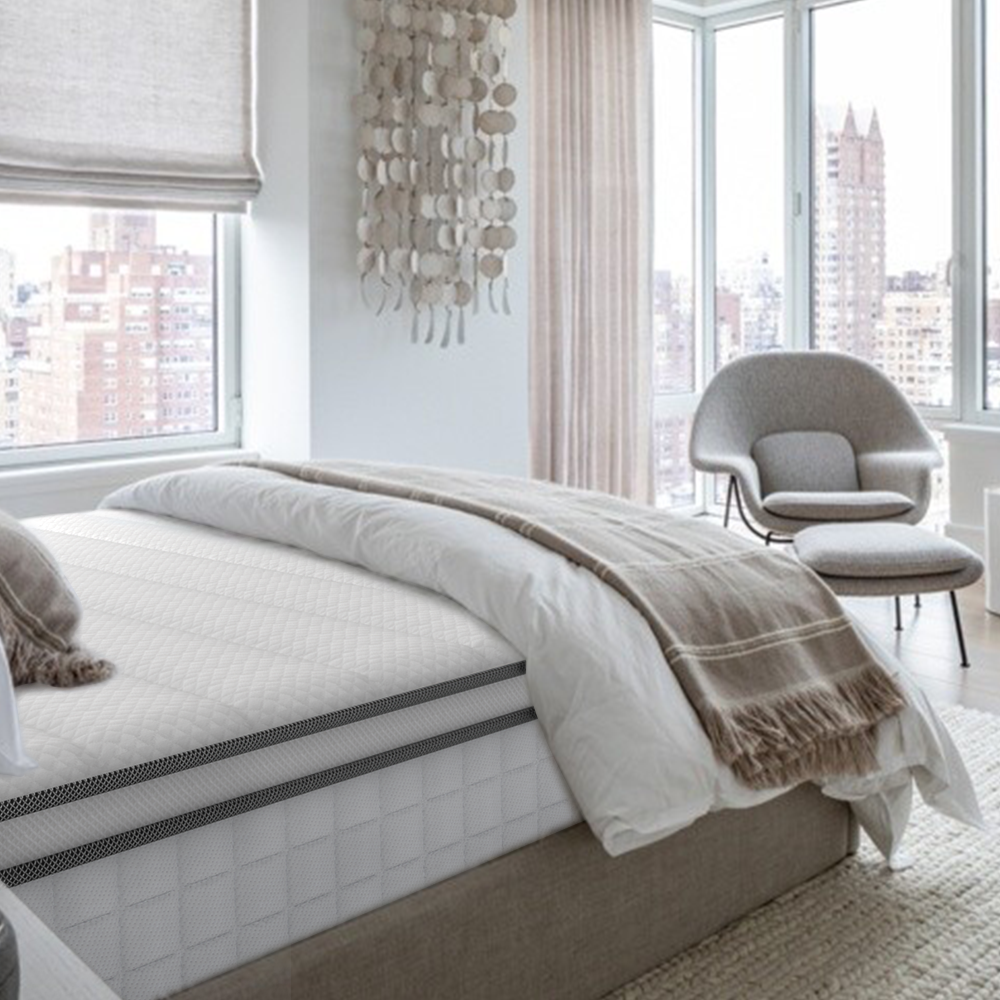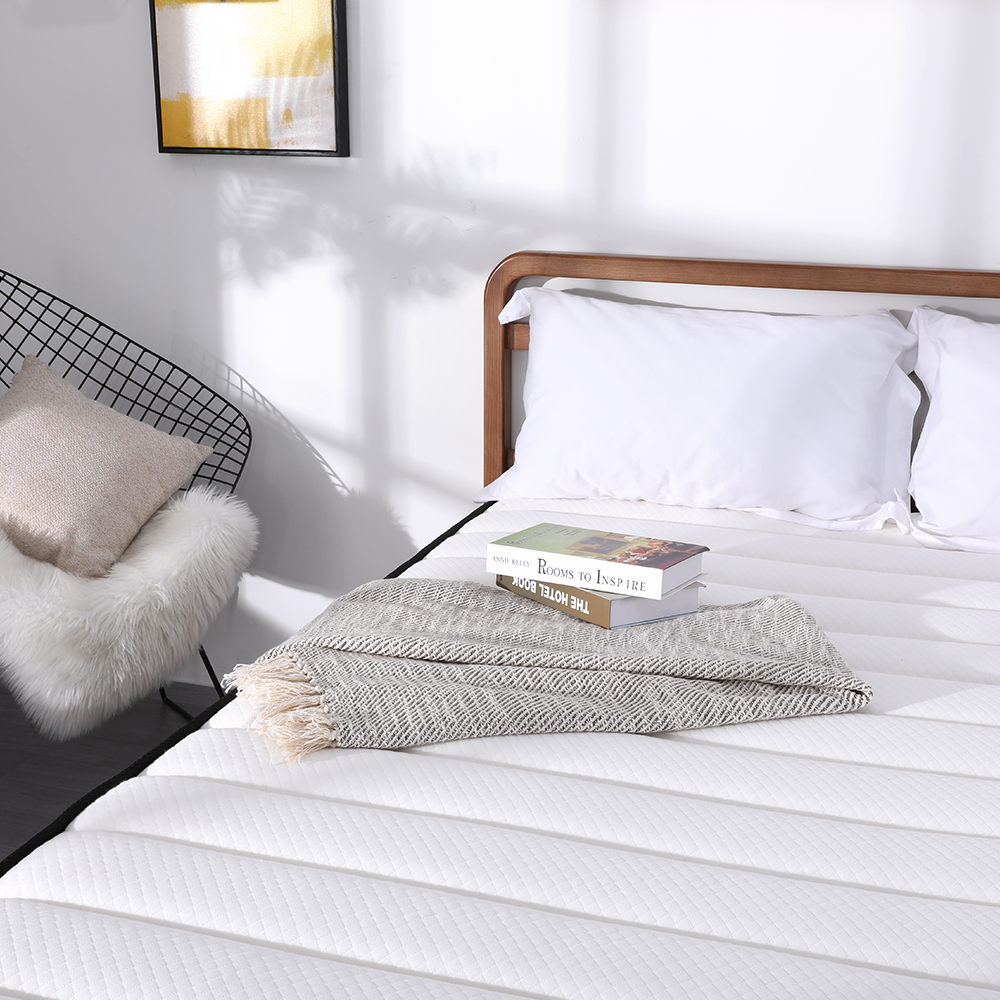Foam Mattress Performance and Characteristics
The majority of Full Size Foam Mattresses are constructed from multiple layers of foam. Foams like polyfoam, latex, and memory foam are frequently used. There are dozens of variations in density and stiffness within each type of foam. The performance and feel of each mattress are greatly influenced by the density of the foam, thus it is a good idea for mattress consumers to be familiar with foam density metrics. Depending on the type, memory foams in general have a tendency to retain the imprint of any pressure for a number of seconds. Inofia memory foam mattresses are more reliable for satisfying and healthy sleep. Since the memory foam mattress can block motion waves, the partner's tossing and turning during the night won't wake anyone up.
Foam Mattress Performance
Durability
Denser foams are stronger and typically outlive less dense materials. They are more resistant to accidental tearing and damage, and less prone to sagging.
Adaptation/Pressure Reduction
Higher-density foams typically conform more closely than low-density foams, and as a result, they provide superior pressure relief. Less pressure accumulates around the shoulders and back by conforming more closely to the body of the sleeper.
Neutrality of Temperature
Foams with lower densities typically perform better than others. Compared to high-density foam materials, they provide superior airflow and do not collect as much body heat.
Characteristics
- Density: The construction of the mattress is based on the memory foam's density, which is expressed in pounds per cubic foot, or PCF. There will undoubtedly be higher density in memory foam used in premium mattresses and pillows. In other words, they would still keep their memory foam's softness and other characteristics, but they would have more PCF than memory foam of lower quality.
- Thickness: Memory foams are measured in order to establish their height from either side. The thickness of the memory foam mattress is important since it affects how effectively one can adapt to its movement. A mattress that stands alone will be more unstable the thicker it is due to the added height and lack of substantial support.
- Type: The memory foam mattress's construction material and design are just as crucial as its thickness and density. Traditional memory foam can be inexpensive, but it also has advantages and disadvantages. Traditional memory foam mattresses may be less expensive, but they also don't last as long.
- Silent and cozy: Memory foam mattresses have a purely cushion-like construction that tends to make the least amount of noise possible, including squeaking. They lessen the sounds originating from the bed because they also have a tendency to distribute pressure evenly.
One of the higher-end varieties of memory foam that can better support the body in memory foam mattresses. This is due to the fact that it has more resilience than a regular memory foam mattress due to the gel layers or beads inside. A memory foam mattress requires almost no maintenance. They never need to be turned or flipped, and they don't sag. The majority of high-quality mattresses also include very hefty warranties.



 Japan
Japan
 United States
United States United Kingdom
United Kingdom Germany
Germany South Africa
South Africa


